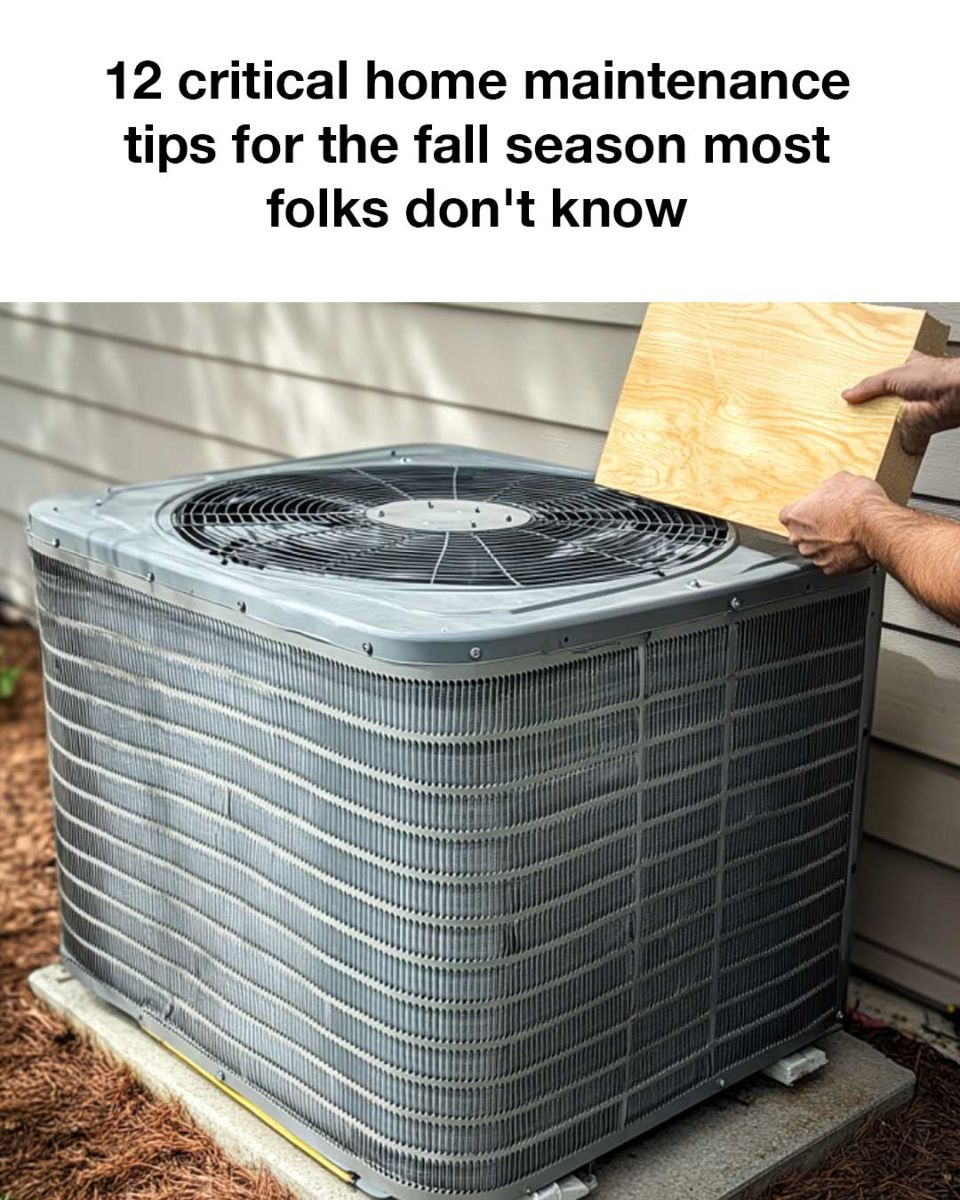6. Clean and Store Outdoor Furniture
As the temperatures drop, it’s time to clean and store your outdoor furniture to protect it from the elements. Clean all surfaces with mild soap and water, then let them dry completely before storing. Cover or bring in patio furniture, grills, and cushions to extend their lifespan and keep them looking new for spring.
7. Examine the Roof for Loose or Damaged Shingles
Before winter arrives, inspect your roof for any loose, missing, or damaged shingles. Addressing these issues promptly can prevent leaks, water damage, and further deterioration. If you’re not comfortable doing it yourself, consider hiring a professional roofer to perform the inspection and necessary repairs.
8. Clear Fallen Leaves from Lawns and Gardens
Accumulated fallen leaves can suffocate your lawn and garden, leading to patchy grass and unhealthy plants. Regularly rake and remove leaves to maintain a healthy, lush lawn. Use a leaf blower or a mulching mower, which shreds the leaves into small pieces that can decompose and nourish your soil.
9. Protect the A/C Compressor From Icicles
During the fall, it’s easy to overlook your A/C compressor as you prepare for winter. However, protecting it from potential damage is crucial. When ice begins to form on your roof or gutters, large icicles can develop and break off, potentially falling directly onto the outdoor compressor unit. This can cause significant damage to the fins, coils, or even the fan inside. To avoid this, consider installing a protective cover or a small awning over the unit, ensuring it’s sheltered from falling ice and snow buildup. Proper protection now can save you from costly repairs later.
10. Maintain Chimneys and Fireplaces
A cozy fireplace can be a wonderful source of warmth and ambiance during the fall and winter months. Ensure it’s safe and efficient by having your chimney inspected and cleaned by a certified professional. Remove any creosote buildup and check for blockages, such as bird nests or debris, that could pose a fire hazard.
11. Test Smoke and Carbon Monoxide Detectors
With the increased use of heating appliances and fireplaces, the risk of fire and carbon monoxide poisoning rises during the colder months. Test your smoke and carbon monoxide detectors regularly to ensure they’re working properly. Replace batteries at least once a year and replace detectors every 7-10 years, depending on the manufacturer’s recommendations.
12. Winterize Sprinkler Systems
To prevent potential damage from freezing, it’s essential to winterize your sprinkler system before temperatures drop significantly. This involves draining the system, blowing out any remaining water with compressed air, and insulating any exposed pipes and backflow preventers. Follow the manufacturer’s guidelines or hire a professional to ensure it’s done correctly.
Bonus 13: Replenish Emergency Supplies for Winter
Winter storms can bring power outages and limited access to supplies. Prepare by stocking up on essentials like bottled water, non-perishable food, batteries, candles, and an emergency first-aid kit. Consider having a battery-powered radio, blankets, and a backup heat source to keep your family safe and comfortable during severe weather events.

